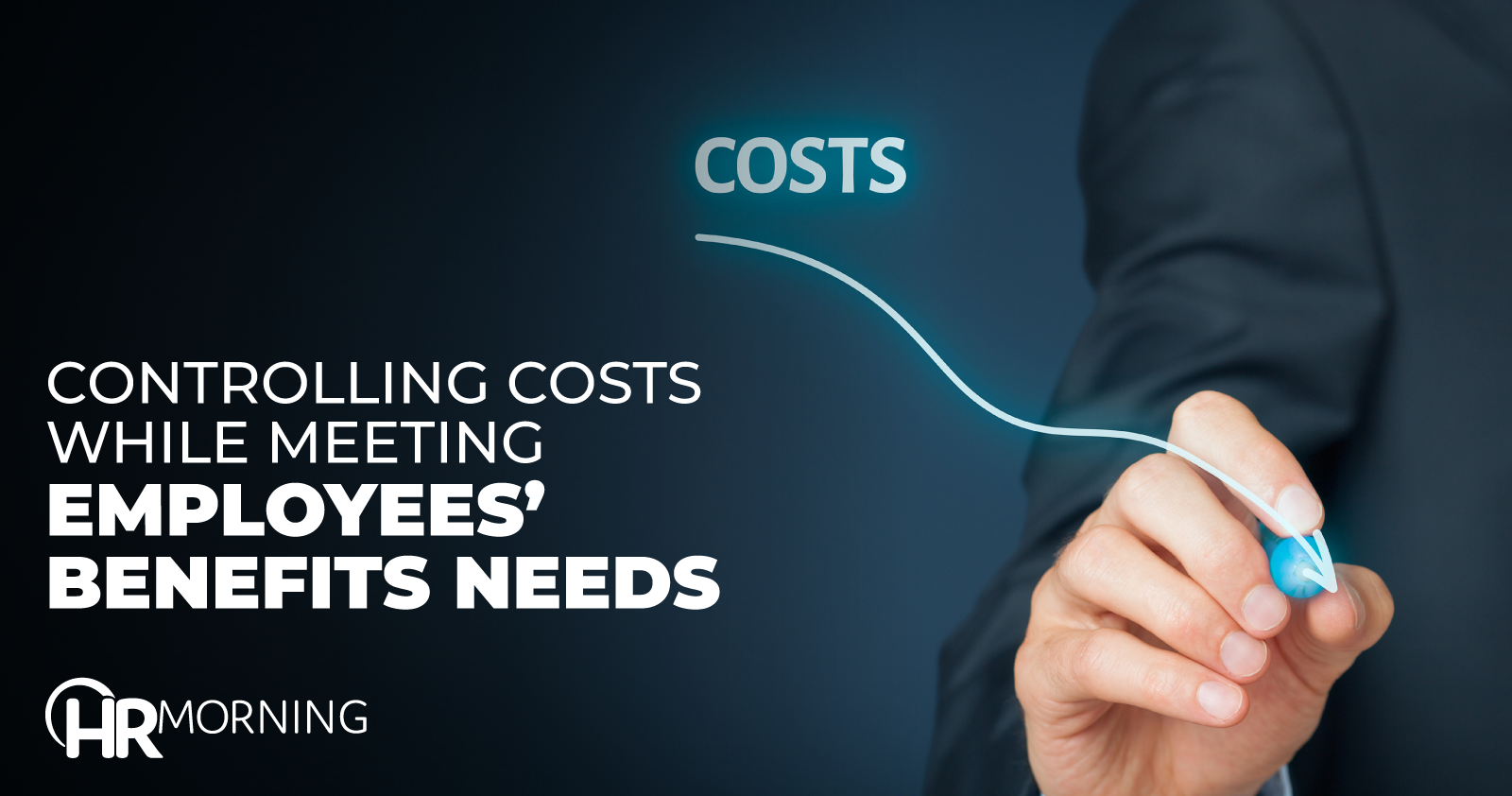To help you keep your finger on the pulse of open enrollment. HR Morning (HRM) had a chat with industry expert, Sally Prather, who’s the Executive Vice President and Employee Benefits Practice Leader for Alera Group, an independent, national insurance and financial services firm. She shared with us what’s going on with premiums and deductibles for the new year, and how Benefit pros can keep costs aligned while providing employees with the benefits they want and need.
Premiums increase, deductibles don’t
First thing to know is that premiums will likely increase this year.
“I asked a couple of our chief actuaries what they were seeing in their renewal projection for their clients. And on average, [their response was] a 3% to 8% increase in premiums this year – depending on what part of the country you’re in,” said Prather. “And they’ve also seen stop loss rates, which are built into many self-insured programs, a little bit higher at 5% to 15% increases. But interestingly, we aren’t seeing a lot of changes to deductibles. Our benchmarking survey found that less than 30% of employers were looking at increasing deductibles or out-of-pocket expenses – that’s good news for employees.”
Reason: Employers and employees have been through a lot this past year. Firms have been focused on a lot of other things, like creating work from home programs and boosting mental health offerings. So, they aren’t making a lot of drastic plan design changes.
Open enrollment trends
A big trend this year is employers making the enrollment process as easy as possible for their employees. This especially rings true since many firms still have remote and hybrid workforces.
“We’re seeing a lot of employers build decision-making support tools (e.g., videos, infographics and online calculators) into the open enrollment process to make it even easier for their employees,” noted Prather. “We’re asked continuously for help with education and communication that’s simple and easy, either leading up to or during open enrollment, to make employees’ decisions as easy as possible for them.”
While the core benefits – medical, dental and life insurance – are still the focus of most firms for 2022, along with vacation and paid time off programs, Prather said they’re seeing a lot of interest in family care leave type programs, as well as student debt repayment programs.
In addition, due to high deductible plans, employers are looking at voluntary benefits, like hospital indemnity plans.
“We’ve also noticed, because of the environment we are in, telemedicine is a prominent benefit now and most likely will be here to stay, as individuals have become more comfortable with telemedicine during the pandemic,” said Prather. “And – not surprisingly – there’s been an interest in mental health benefits and things employers can do to provide access to mental health services through their medical plans, as well as employee assistance plans.”
When Alera did its benchmarking surveys at the height of the pandemic, three to four months later and when folks were returning to work in 2020, the results revealed that mental health had deteriorated, especially among larger employers and those in industries like healthcare, education and nonprofits.
Smart offerings
Providing the most affordable, best benefits to their employees without breaking the company bank, is a balancing act most firms undertake every year.
And the problem: The benefits employees value most varies from person to person.
So how can employers figure out the best offerings to provide?
Prather suggests employers look at the demographics of their workforce to figure our what benefits would be the best fit. For example, do they have a younger workforce who are looking for more work/life balance? If so, some of the things that might be important to them are pet insurance and student debt assistance. Or are they a little older and juggling childcare? Or maybe they need help caring for aging parents.
Whatever it is, employers should think about flexibility as a key and how they can build an employee benefits package that meets the needs of their workforce.
“We encourage our clients to survey their employees to see what benefits they value most and what benefits they’re interested in,” she said. “It’s the simplest way to find out what’s important to them. But it’s a double-edge sword because you must do something with that feedback. Then look at the types of things they could add to their standard benefit package to provide as much added value as possible.”


